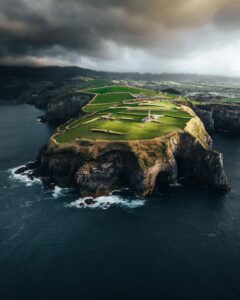
Photo tour in Azores, Portugal
Join us in the Azores for a unique photo tour, where you’ll elevate your creative skills with expert guidance from Ronald Soethje, Bruno Ázera, and Nomadict.
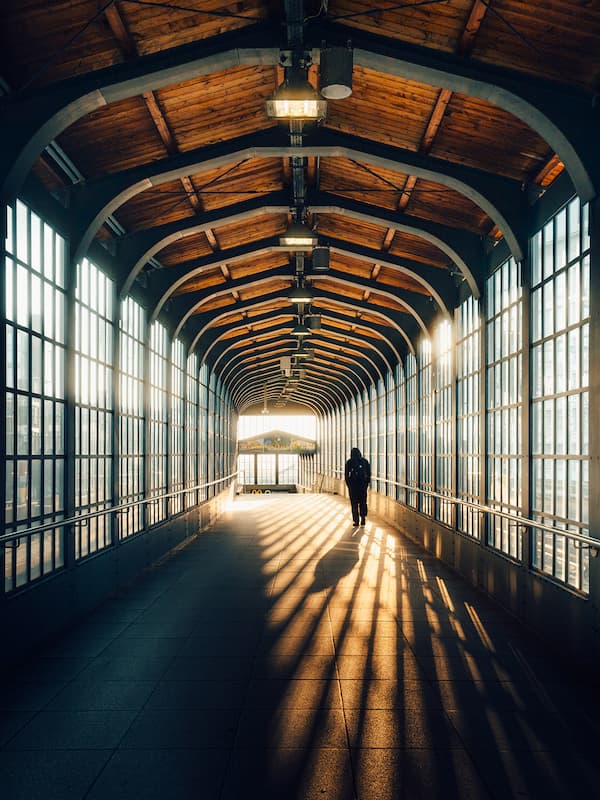
I originally focused purely on urban photography, but over time, I felt a growing desire to convey more emotion in my images. That’s how I discovered my passion for street photography. It’s less about reproducing a motif you’ve already seen on Instagram and more about capturing a fleeting, unique moment.
A perfect example of this is my photo of the Friedrichstraße train station in Berlin. Without the person in the frame, it would still be a beautiful shot, but with the figure and their long shadow, the image gains emotion, mystery, and narrative. Where is this person coming from? Where are they going? Those questions transform the image. That’s why I now love combining urban motifs with elements of street photography.

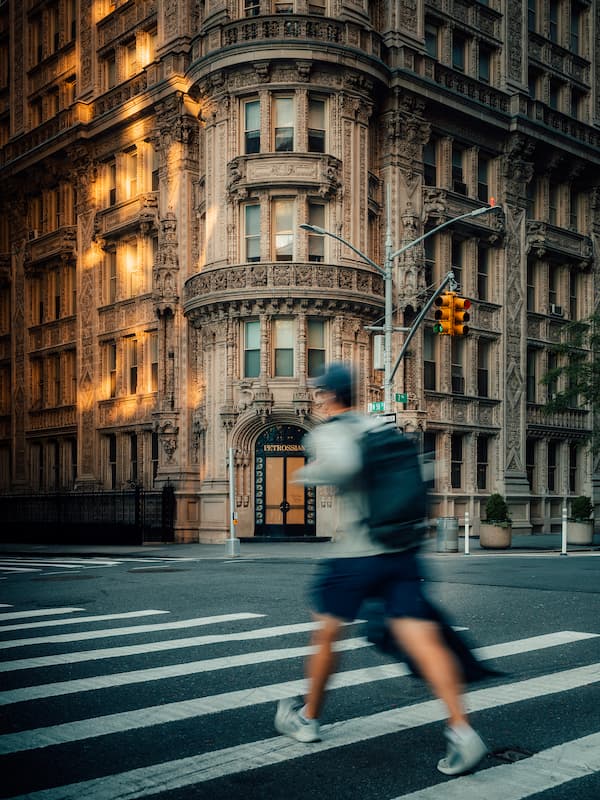
My approach to light is a mix of preparation and trial and error. If I plan to shoot at sunrise, I always check conditions the evening before. Apps like Clear Outside and Viewfindr help me a lot. For both sunrise and sunset, I look for medium to high clouds because the red glow about 20 minutes before or after the sun crosses the horizon is the most spectacular. A cloud-free horizon is key so the sun can light up the clouds from below.
Knowing the city well also helps. In Hamburg, I know where to find long shadows in golden light or the best views of sunrise and sunset. Sometimes it just comes down to patience, waiting for the right person to walk into the frame.
Fog, on the other hand, is less predictable. I check the chances beforehand, but conditions shift quickly. Many times, I’ve stood in front of a wall of fog, seeing nothing. At other times, the atmosphere was perfect, and I would simply wander the streets, letting inspiration guide me.


Shooting in fog and during the blue hour can be challenging, but a few practices help me keep colors rich and details sharp.
2.1) Manual mode with the reciprocal rule: Motion blur can ruin a photo, and you often only notice it later in post-production. I always try to shoot with at least the reciprocal of my focal length, for example, 1/35s when shooting at 35mm. I’d rather accept a higher ISO, which can be corrected in editing, than lose an image to blur.
2.2) Manual or single-point autofocus: In foggy conditions, autofocus systems often fail because they rely on contrast. When I need to use autofocus, I switch to single point to improve accuracy.
2.3) Exposure bracketing: During blue hour, the sky can still be bright while the city fades into darkness. Bracketing exposures allows me to capture both properly and balance them later in post.
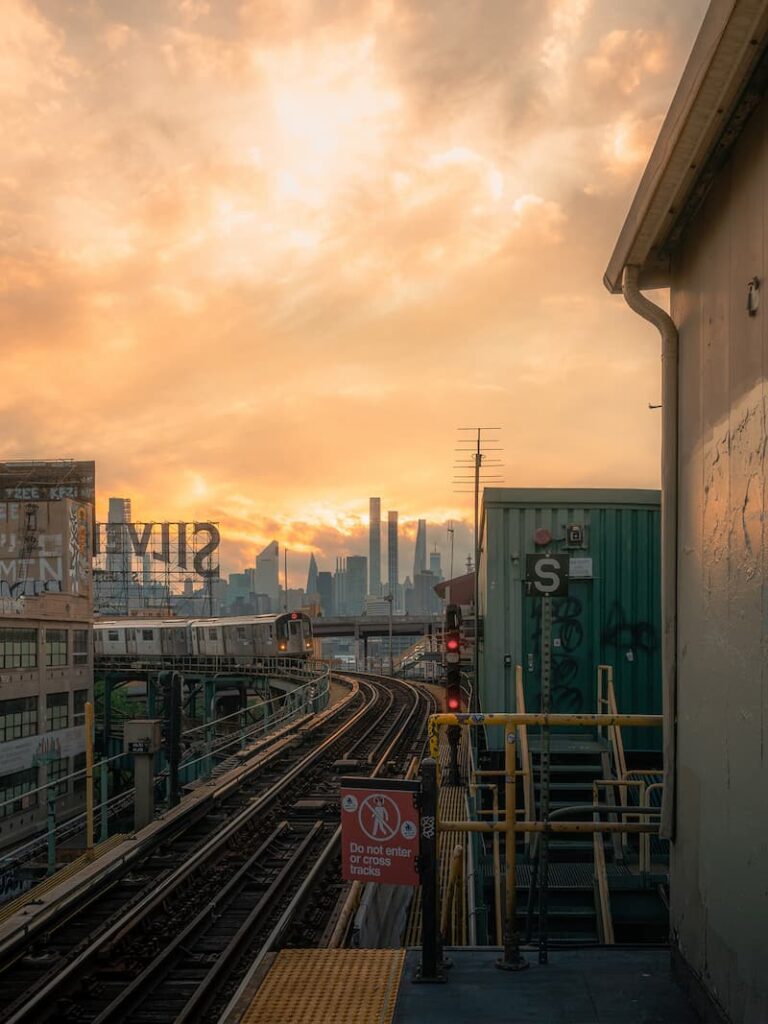

My editing choices depend on the light – golden hour, blue hour, or fog – but they all follow a consistent pattern. In Lightroom, color grading and tone curves are essential.
For golden hour, I lean toward warm oranges in the highlights and blues in the shadows. For blue hour and fog, I prefer a cosier look, often with green tones in the highlights and blue in the shadows. I shape the mood further with a classic S-curve and slight adjustments to contrast and exposure.
I also pay attention to whether there’s a specific element I want to emphasize. The Colour Mixer tab allows me to boost that subject while subtly desaturating other areas.
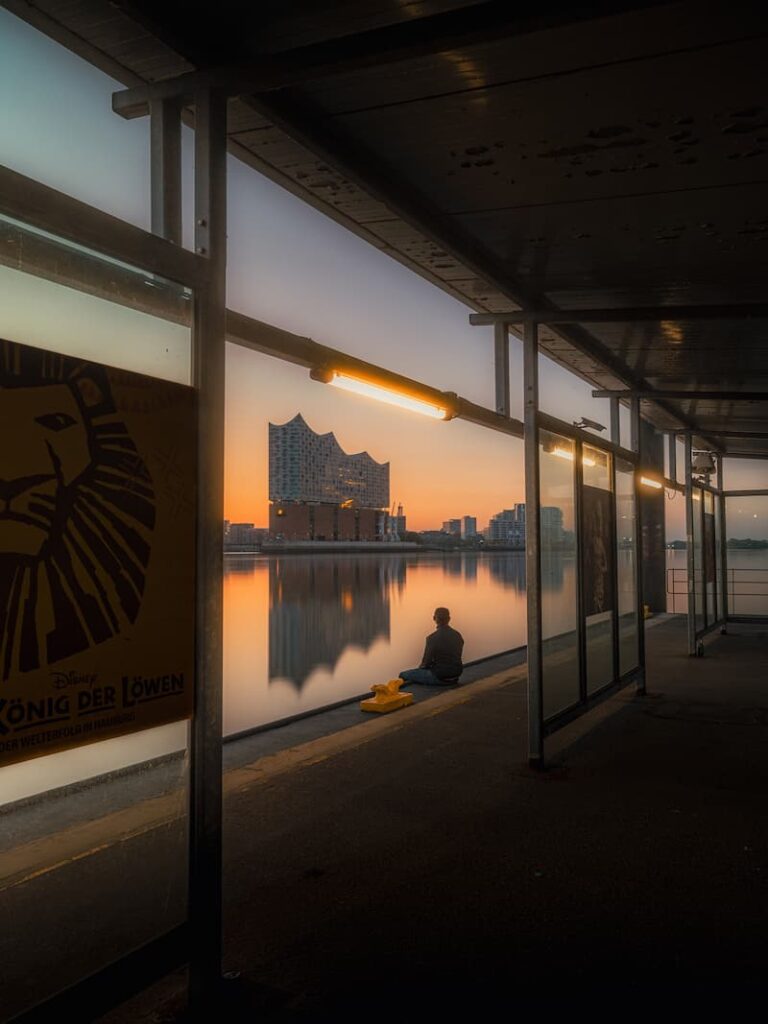
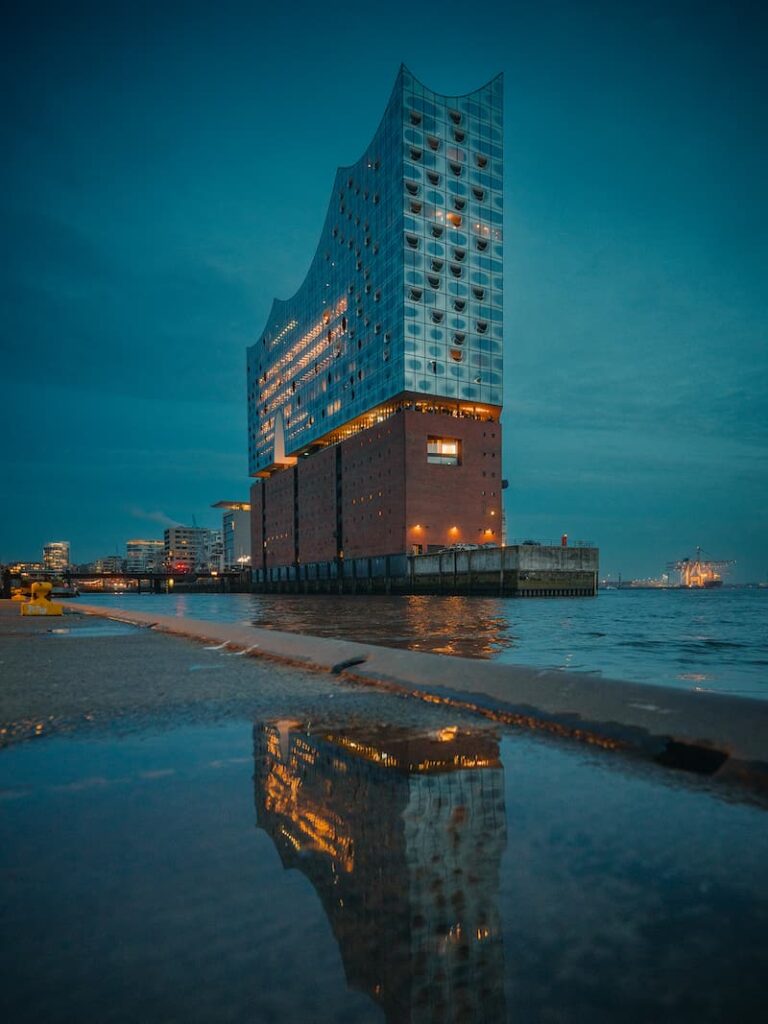
Crop and alignment: I start by correcting alignment and cropping using the golden ratio or rule of thirds. These tools guide the eye and create a natural, harmonious balance.
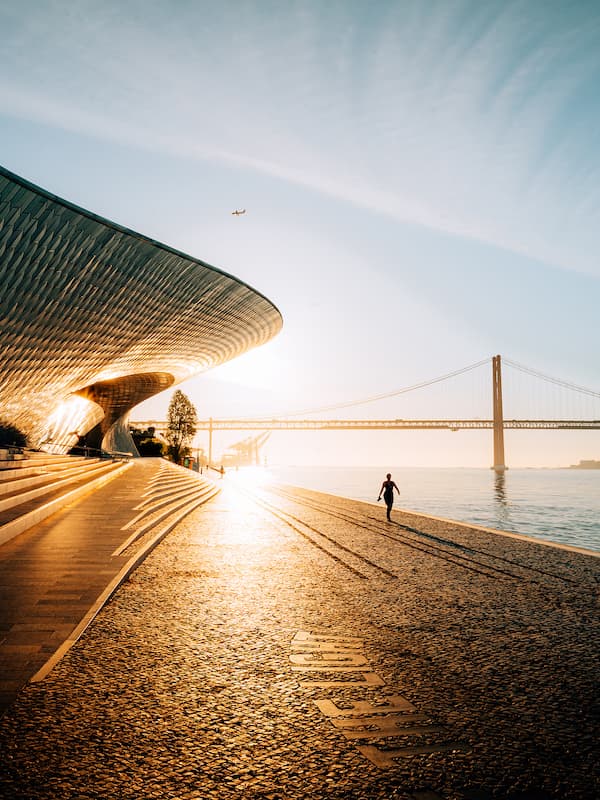
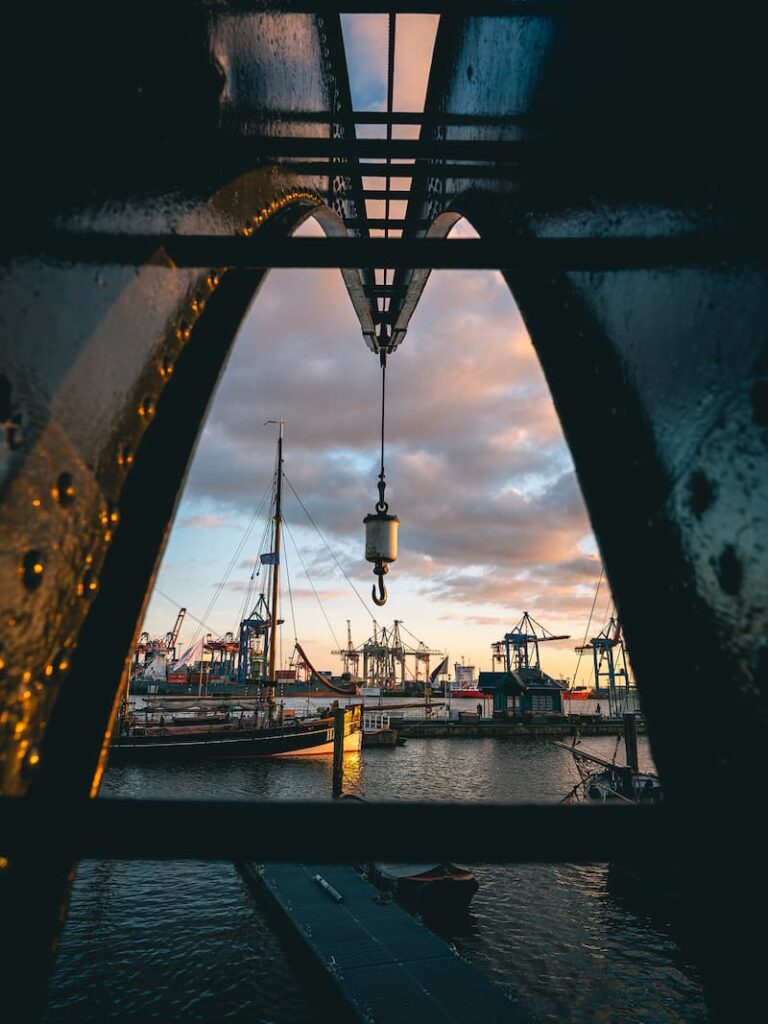
Basic corrections: I adjust exposure based on the histogram, reduce highlights and whites, lift shadows, and usually nudge the tint slightly toward purple. I also tone down the saturation for a realistic base.
Calibration Panel: I use this early, as it defines the basic color space. It’s a powerful but often overlooked tool that helps me set a cinematic mood.
Texture and clarity: To achieve my cosy, dreamy look, I reduce clarity and texture while slightly increasing dehaze for contrast. In foggy scenes, I sometimes use dehaze selectively to add density to the mist.
Colour Grading Panel: This is where I build the atmosphere. Golden light gets warm oranges in the highlights and blues in the shadows, balanced with a global greenish tone. For fog or night, I bring in yellow or orange to give city lights a soft, welcoming glow.
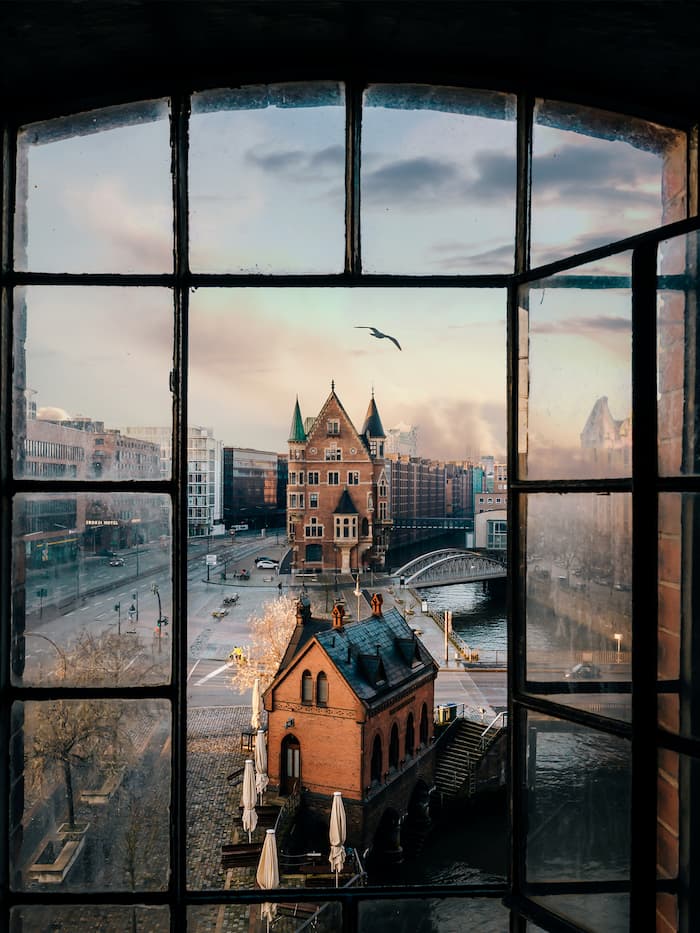
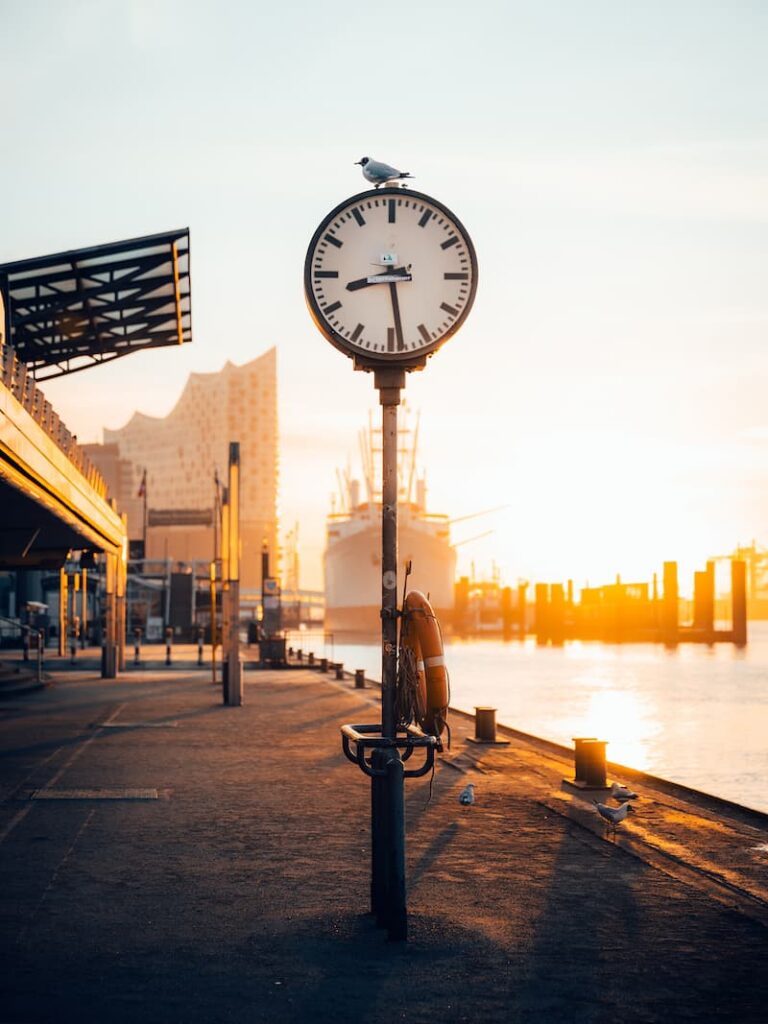
Curves and Colour Mixer: A classic S-curve adjusts contrast, and I fine-tune the red, green, and blue channels. I often desaturate greens or shift blues toward cyan for a cinematic feel.
Final touches: Depending on the shot, I add grain for a film look or denoise if I used high ISO.
Photoshop adjustments: When necessary, I remove distractions or use wide-angle corrections here.
Even in well-known places, I try to keep my images fresh by focusing on three elements: light, people, and exposure time. Shooting the same subject in fog, golden light, or rain can completely transform it. Adding people changes the story, giving the image new energy. Playing with long exposures, especially in strong winds, can create dynamic, dramatic effects.
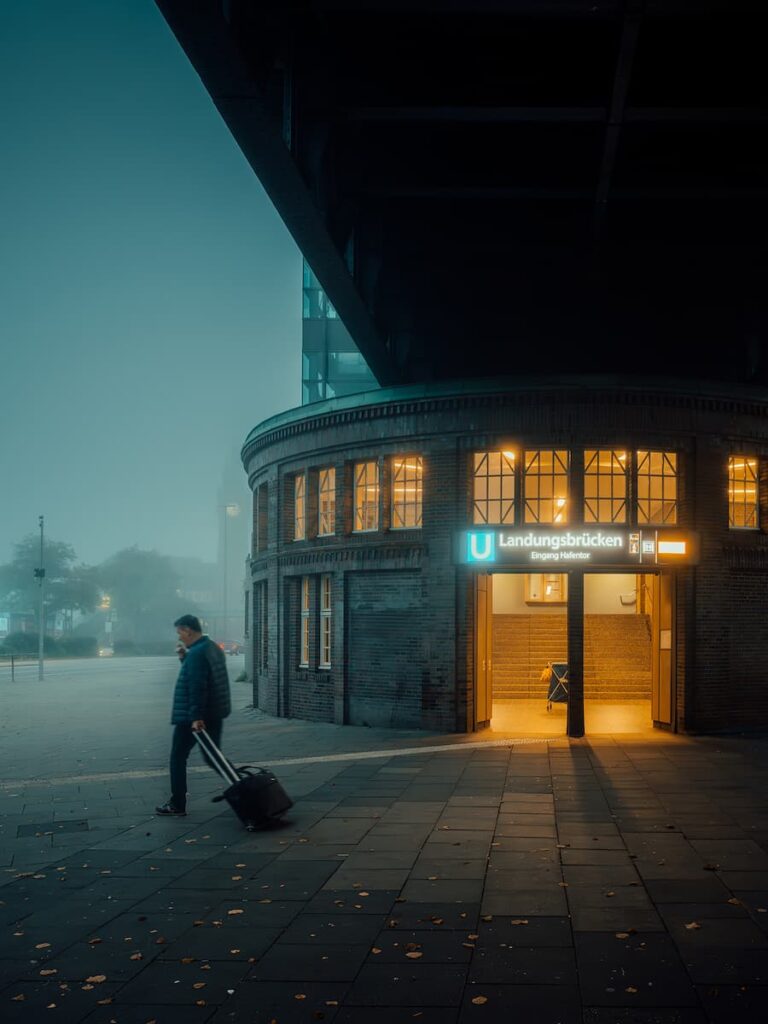
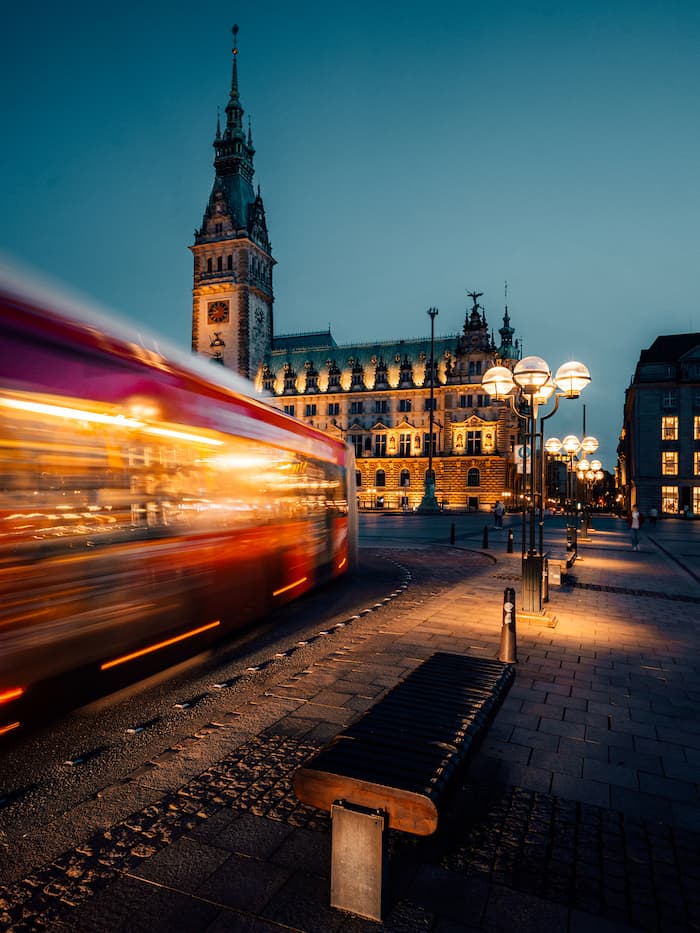
1) Don’t wait on the sofa: I used to regret missing sunsets from home. Now, I go out whenever conditions look promising. Even if it doesn’t work out, at least I tried.
2) Shoot in manual mode: Understanding how to control every aspect of my camera changed everything. It allows me to translate exactly what I see in my mind.
3) Use the rule of thirds display: A simple tool that instantly improves composition. Combine it with the golden ratio for even better results.
4) Follow your own style: Don’t copy others. Instead, analyze what makes their work different and learn from it. Finding your style is slow but worth it.
5) Connect with others: Photo walks are not just fun, they’re some of the best opportunities to learn, share ideas, and experience light and weather together. Even if conditions disappoint, the community makes it worthwhile.
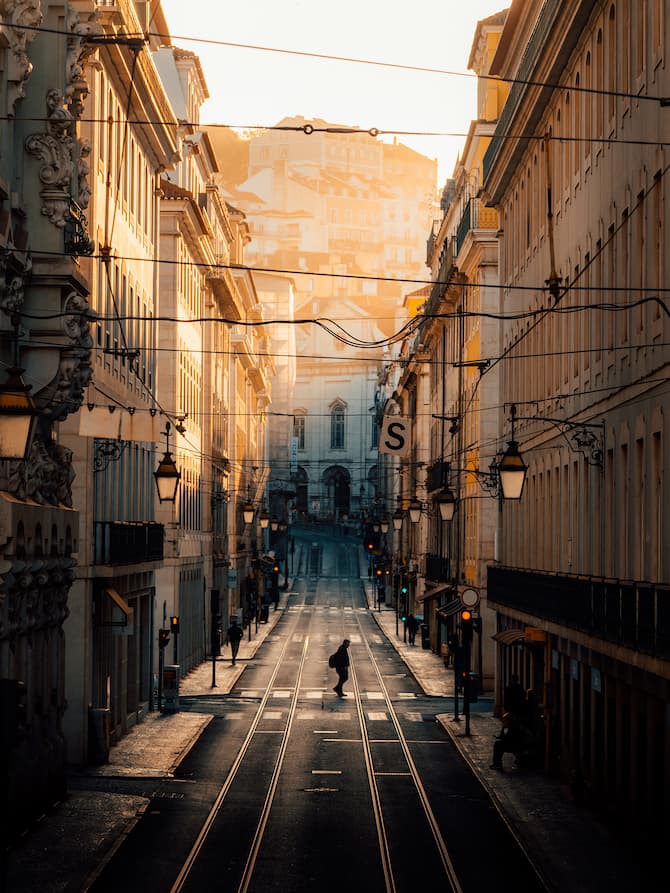
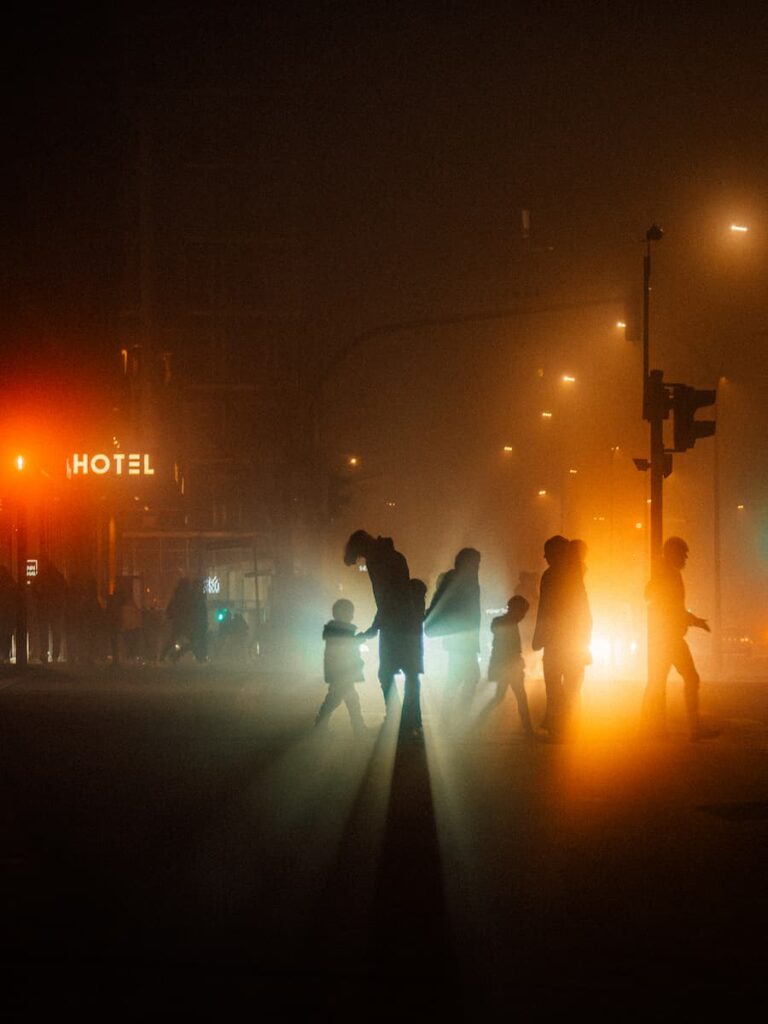
I think street photography has never been more relevant. Social media is overflowing with staged, perfect images, and people crave authenticity again. On the street, life unfolds honestly – you can capture real, unrepeatable moments.
Of course, in Germany and elsewhere, privacy laws are a challenge. But that forces creativity: working with consent, adjusting perspectives or shutter speeds so subjects aren’t identifiable, or even turning people into collaborators in the story.
To make a career of it, though, you need more than strong images. A signature style, storytelling ability, community-building, and entrepreneurial thinking all matter. Whether through print sales, workshops, brand collaborations, or media projects, sustainability comes from combining passion with awareness and business sense.

Join us in the Azores for a unique photo tour, where you’ll elevate your creative skills with expert guidance from Ronald Soethje, Bruno Ázera, and Nomadict.
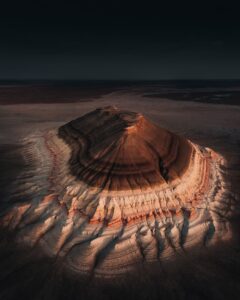
In this article, Forest shares how years of chasing scale, silence, and raw landscapes shaped his approach to photography, from the deserts of Kazakhstan to the volcanic ridges of Iceland. He talks about how he uses light, texture, and vast negative space to create images that feel both intimate and overwhelming.
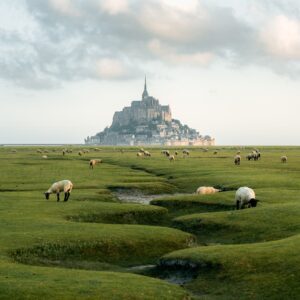
Simon shares the journey behind his photography, from early inspirations to field techniques, editing, and the story of the winning shot that shaped his path.

In this article, Miro shares how his love for cinematic music evolved into a deep passion for photography and how he uses light, color, and atmosphere to turn the streets of Prague into living film scenes.

In this article, Stefanie reveals how her background in physics sparked her passion for astrophotography and how she blends science with creativity to capture the beauty of the night sky. Readers will discover her approach to color, contrast, and editing, as well as her aurora photography workflow.

Spanish photographer Yhabril captures the profound connection between humans and the mountains that shaped him. Growing up in the Pyrenees, his work bridges outdoor sports, landscapes, and celestial scenes — often blending athletes, moonlight, and wilderness into striking visual stories.

In this article, Ariane shares how photography helped her navigate personal challenges, connect authentically with people and animals, and develop a philosophy rooted in empathy and artistic freedom. Readers will also discover her ethical approach to wildlife photography and her trusted equipment for both camouflage techniques and cameras.

Discover how to photograph Dutch tulip fields in their most magical light. From choosing the right gear and lenses to mastering composition, color, and aerial perspectives, this guide shares creative techniques to capture the beauty of the Netherlands’ tulips. Learn how light, color grading, and proportion bring emotion into every frame.
